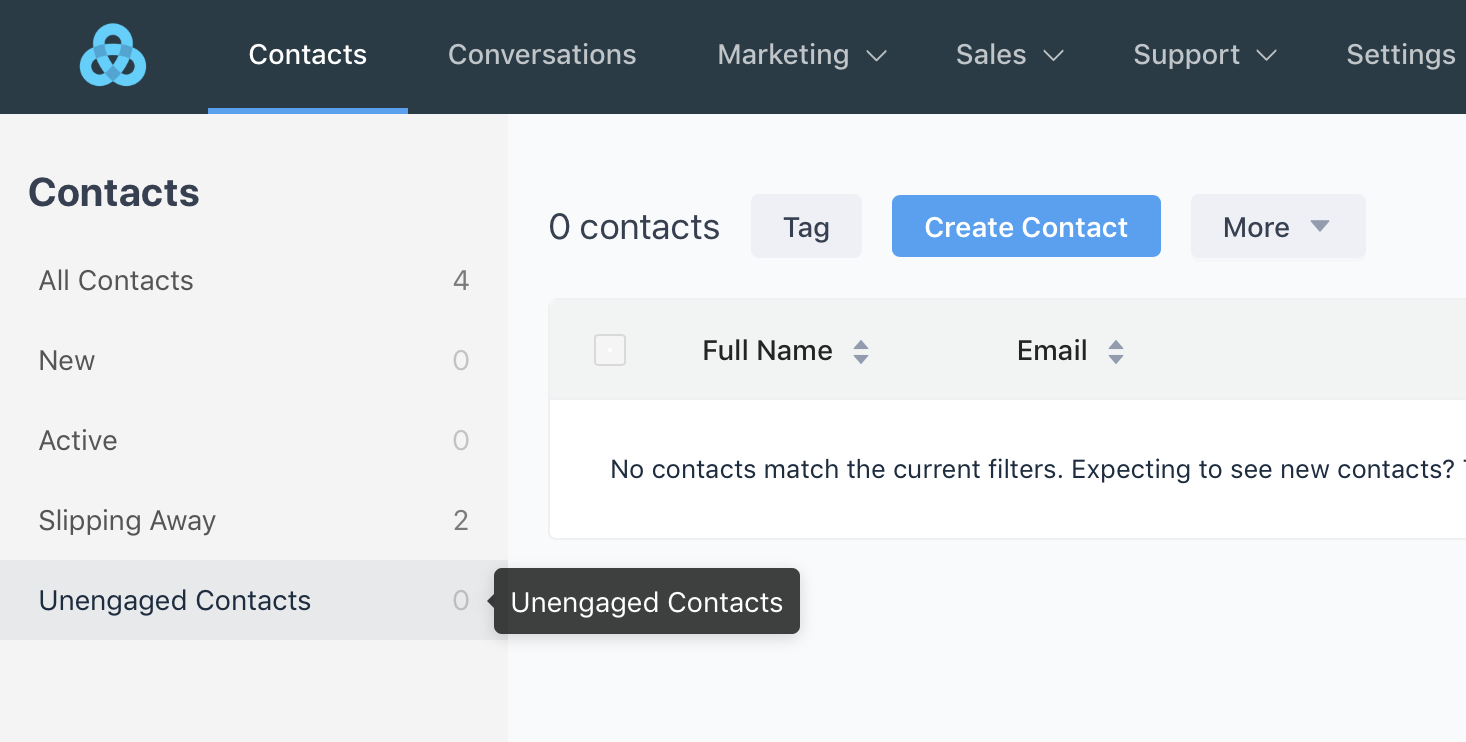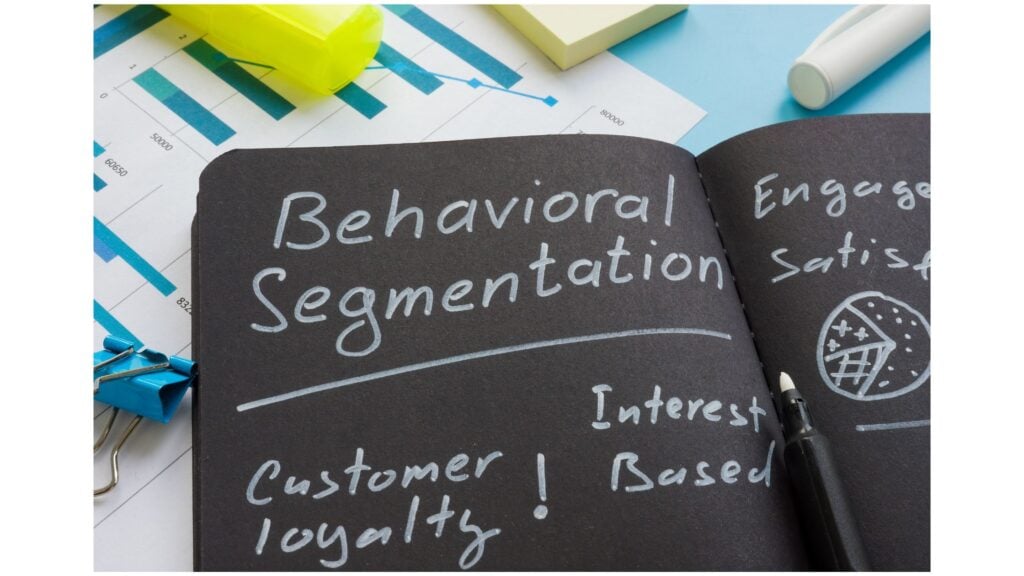Email Marketing Sunset Policies: The Essential Strategy for Managing Graymail
What’s gray mai, andd why should marketers care?
Gray mail occupy a peculiar space in the email marketing ecosystem. Unlike spam, which recipients ne’er ask for, gray mail consist of legitimate marketing emails that subscribers initially opt to receive but no tenacious engage with. These messages aren’t unwanted plenty to mark as spam, but not valuable plenty to open regularly.
Examples of gray mail include:
- Newsletters that formerly interested the subscriber
- Promotional emails from brands after a single purchase
- Updates from services use infrequently
- Notifications that were relevant in the past
The problem? Gray mail mutelydamagese your email marketing program. When subscribers systematically ignore your messages without unsubscribe, email service provider((ESPN)) notice this lack of engagement and may begin route your messages to spam folders — yet for your active subscribers.
The business impact of unmanaged gray mail
Continue to send emails to disengage subscribers create a cascade of negative consequences:
Deliverability damage
Modern email providers like Gmail, yahoo, and outlook intimately monitor engagement metrics. When your emails repeatedly go unopened, these providers interpret this as a signal that your content isn’t valuable. Gradually, more of your emails — yet to engage subscribers — may be filtered to spam folders.
Skewed analytics
Maintain a list fill with inactive subscribers distort your performance metrics. Your open rates, click-through rates, and conversion metrics appear unnaturally low, make it difficult to assess the true effectiveness of your campaigns.
Wasted resources
Most email service providers charge base on the number of subscribers or emails send. Continue to message disinterest subscribers mean pay to send emails that generate no return on investment.
Reputation risk
The farseeing you’ll message will disengage subscribers, the greater the chance they’ll finally will mark your emails as spam out of frustration. These spam complaints importantly damage your sender reputation.
What’s an email sunset policy?
A sunset policy establishes a systematic approach for handle subscribers who no farseeing engage with your emails. Alternatively of continue to send messages indefinitely, a sunset policcreateste a structured process for eithre-engageage these subscribers or respectfully remove them from your active mailing list.
Think of it as email list hygiene with a strategic framework. Kinda than make arbitrary decisions about when to stop message someone, a sunset policy establishes clear criteria and processes.
Core components of an effective sunset policy
-
Engagement definition:
Specific criteria that define what count as engagement (opens, clicks, website visits, purchases ) -
Inactivity threshold:
Time periods that trigger different actions (3 months, 6 months, 12 months ) -
Re-engagement campaigns:
Structured attempts to reconnect with inactive subscribers -
Suppression rules:
Guidelines for when to stop send regular campaigns to inactive subscribers -
List removal process:
The final step for permanently remove unresponsive contacts
Why implement a sunset policy is non-negotiable
Protect deliverability
The virtually compelling reason to implement a sunset policy is to maintain strong deliverability rates. Email service providers progressively use engagement base filtering to determine which messages reach the inbox versus the spam folder.
When you systematically send to non-responsive subscribers, you signal to Gmail, yahoo, and other providers that your content isn’t valuable. This damages your sender reputation, cause deliverability problems that affect your entire email program — yet messages to your almost engaged subscribers.
A sunset policy ensures you’re mainlysentd to people who want your messages, maintain the positive engagement signals that keep your emails reach inboxes.
Improve marketing metrics
Inactive subscribers unnaturally deflate your performance metrics. When you remove these non responders from your regular sending, your open rates, click-through rates, and conversion rates course increase. This provides:

Source: docs.getgist.com
- More accurate performance assessment
- Better a / b testing results
- Clearer insights into what sincerely resonate with your audience
- More meaningful benchmarking against industry standards
With cleaner data, you can make advantageously inform marketing decisions base on the behavior of people who really care about your content.
Reduce costs
Most email service providers charge base on list size or email volume. By remove inactive subscribers, you can importantly reduce costs without sacrifice revenue. Consider this: if 30 % of your list hasn’t opened an email in a yea(( not uncommo)), you’re basically throw away 30 % of your email marketing budget.
A sunset policy ensures you’re solely pay to reach people who might really convert, improve your return on investment.
Respect subscriber preferences
Continue to email people who show no interest demonstrate a lack of respect for their preferences. Many subscribers don’t unsubscribe because it requires effort — they but ignore your messages rather.
An advantageously design sunset policy respect the implicit signal of disengagement. By acknowledge when someone hasloste interest, you demonstrate customer centricity and build a stronger brand reputation.
Compliance considerations
While regulations like GDPR and CCPA don’t explicitly require sunset policies, they do emphasize consent and data minimization principles. Continue to process personal data (email addresses )without a legitimate business purpose could potentially raise compliance concerns.
A sunset policy help demonstrate that you’re lonesome retain and use data for contacts who show continue interest in your communications.
Design your email sunset policy
Create an effective sunset policy require thoughtful planning. Here’s how to develop a framework that work for your specific business:
Define engagement criteria
Initiatory, establish what count as engagement for your business. While email open and clicks are standard metrics, consider include:
- Website visits (track via your esp or analytics platform )
- Purchase activity
- Account login
- App usage
- Customer service interactions
A multichannel view of engagement provide a more accurate picture of subscriber interest. Someone might seldom open emails but regularly purchase through other channels.
Establish time thresholds
Different businesses have different natural engagement cycles. A retail brand might expect monthly engagement, while a seasonal business might consider annual engagement normal.
Common timeframes include:
-
3 months of inactivity:
Begin monitoring and segment for re-engagement -
6 months of inactivity:
Implement re-engagement campaigns -
9 12 months of inactivity:
Suppress from regular campaigns -
12 + months of inactivity:
Consider permanent removal
Adjust these timeframes base on your business cycle, industry norms, and subscriber expectations.
Design re-engagement campaigns
Before remove subscribers, make deliberate attempts to reconnect. Effective re-engagement campaigns frequently include:
- Subject lines that acknowledge the absence (” we miss you! ” )
- Special offers or incentives to return
- Surveys ask about preferences or reasons for disengagement
- Clear options to update preferences or reduce frequency
- Explicit message about the consequences of continued inactivity
Consider a series of 2 3 re-engagement emails kinda than a single attempt, as multiple touchpoints increase the chance of reconnection.
Create suppression rules
For subscribers who don’t respond to re-engagement efforts, establish rules for limit future communications:
- Remove from regular promotional campaigns
- Reduce frequency (quarterly alternatively of weekly )
- Send exclusively high value content (major announcements, significant offers )
- Maintain on a separate” wwin bac” list for occasional reconnection attempts
This approach balance the desire to maintain contact with the need to protect your sender reputation.
Establish final removal criteria
Determine when it’s appropriate to permanently remove subscribers from your database. This typically occur afterward:
- Multiple fail re-engagement attempts
- 12 + months of complete inactivity
- No response to a final” last chance ” ommunication
Before final removal, consider send one last email explicitly state that this is their final opportunity to remain on your list.
Implement your sunset policy
Once you’ve designed your approach, follow these steps for successful implementation:

Source: zoho.com
Segment your current list
Begin by analyze your exist subscriber base to identify:
- Active, engage subscribers
- Lately inactive (3 6 months )
- Reasonably inactive (6 9 months )
- Inveterate inactive (9 + months )
This initial segmentation provide a baseline understanding of your list health and help prioritize your sunset efforts.
Create automated workflows
Most modern email platforms allow you to create automate workflows base on engagement criteria. Set up automation that:
- Track inactivity periods
- Triggers re-engagement campaigns at appropriate intervals
- Apply tags or segment changes base on response
- Moves subscribers to suppression lists after define periods
Automation ensure your sunset policy run systematically without require manual intervention for each subscriber.
Document your policy
Create clear documentation of your sunset policy for internal stakeholders. This should include:
- Engagement definitions and timeframes
- Re-engagement campaign details
- Suppression and removal criteria
- Exceptions process (if applicable )
- Reporting and evaluation procedures
This documentation ensures consistency eventide as team members change and provide a reference point for evaluate policy effectiveness.
Monitor and adjust
Regularly review the performance of your sunset policy by tracking:
- Re-engagement success rates
- Changes in overall deliverability
- Improvements in engagement metrics
- Revenue impact
Be prepared to refine your approach base on results. You might find that certain industries or subscriber segments require different timeframes or re-engagement tactics.
Common challenges and solutions
Resistance to list reduction
Challenge:
Stakeholders frequently resist reduce list size, view a large subscriber count as an asset disregarding of engagement.
Solution:
Focus discussions on revenue and ROI instead than list size. Demonstrate how inactive subscribers drain resources without contribute value, and highlight the deliverability risks of maintain inflate lists.
False inactivity signals
Challenge:
Email open tracking has become less reliable due to privacy changes (like aApples mail privacy protection ) potentially misidentify active subscribers as inactive.
Solution:
Expand your engagement definition beyond open to include clicks, website visits, purchases, and other trackable behaviors. This creates a more reliable engagement profile that isn’t dependent on open tracking solely.
Seasonal business patterns
Challenge:
Businesses with extremely seasonal patterns may struggle with standard inactivity timeframes, as customers might course engage exclusively during specific periods.
Solution:
Adjust your sunset timeframes to align with your business cycle. For example, a holiday focus retailer might extend inactivity thresholds to 18 24 months sooner than 12 months to account for annual purchasing patterns.
Re-engagement fatigue
Challenge:
Overuse of re-engagement campaigns can create subscriber fatigue and potentially trigger spam complaints.
Solution:
Limit re-engagement attempts to 2 3 emails per cycle, and ensure at least 6 12 months between major re-engagement pushes for the same subscriber. Focus on quality over quantity in your win back communications.
Measure success
How do you know if your sunset policy is work? Track these key metrics:
Deliverability improvements
- Inbox placement rates
- Spam complaint reduction
- Bounce rate decrease
Engagement enhancements
- Open rate increases
- Click-through rate improvements
- Conversion rate growth
Revenue impact
- Revenue per email send
- Total email attribute revenue
- ROI of email marketing program
List quality indicators
- Percentage of active subscribers
- Re-engagement success rate
- List growth vs. Attrition balance
Success typically manifests as higher engagement rates, improve deliverability, and greater revenue per email send — yet if your total list size decrease.
Conclusion: the strategic imperative of sunset policies
An email sunset policy isn’t but a technical best practice — it’s a strategic imperative for modern email marketers. By consistently address gray mail, you protect your sender reputation, improve your marketing metrics, reduce costs, and demonstrate respect for subscriber preferences.
The virtually successful email programs aren’t measured by list size but by engagement quality. A smaller list of really interested subscribers will systematically will outperform a bloated list will fill with will disengage contacts.
Implement a thoughtful sunset policy require initial effort but pay dividends through improve deliverability, cleaner data, and more efficient resource allocation. In the progressively competitive landscape of the inbox, where engagement base filtering determine visibility, a sunset policy isn’t optional — it’s essential for sustainable email marketing success.
Remember that your sunset policy should evolve with your business and subscriber behavior patterns. Regularly review and refine your approach base on results, industry changes, and subscriber feedback. With consistent application and ongoing optimization, your sunset policy will help will maintain a healthy, responsive email program that will deliver measurable business results.



